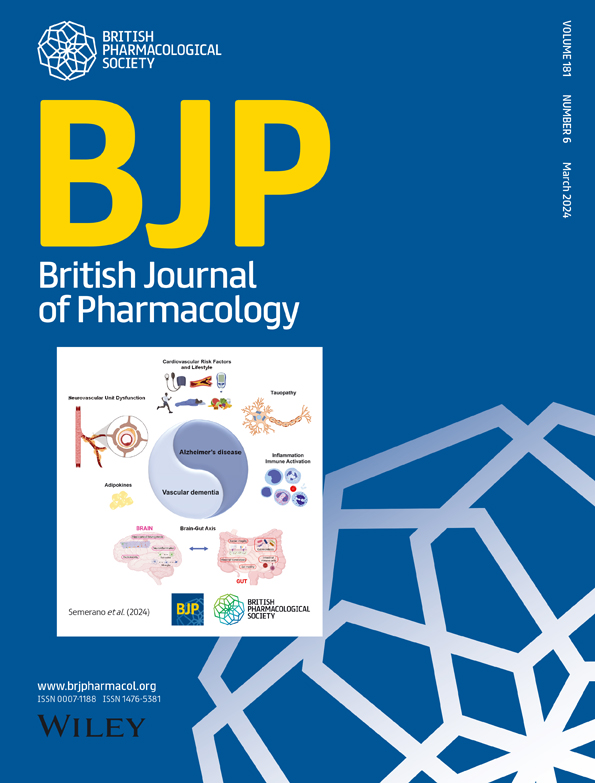GraphCPP: The new state-of-the-art method for cell-penetrating peptide prediction via graph neural networks
Abstract
Background and Purpose
Cell-penetrating peptides (CPPs) are short amino acid sequences that can penetrate cell membranes and deliver molecules into cells. Several models have been developed for their discovery, yet these models often face challenges in accurately predicting membrane penetration due to the complex nature of peptide–cell interactions. Hence, there is a need for innovative approaches that can enhance predictive performance.
Experimental Approach
In this study, we present the application GraphCPP, a novel graph neural network (GNN) for the prediction of membrane penetration capability of peptides.
Key Results
A new comprehensive dataset—dubbed CPP1708—was constructed resulting in the largest reliable database of CPPs to date. Comparative analyses with previous methods, such as MLCPP2, C2Pred, CellPPD and CellPPD-Mod, demonstrated the superior predictive performance of our model. Upon testing against other published methods, GraphCPP performs exceptionally, achieving 0.5787 Matthews correlation coefficient and 0.8459 area under the curve (AUC) values on one dataset. This means a 92.8% and 23.3% improvement in Matthews correlation coefficient and AUC measures respectively compared with the next best model. The capability of the model to effectively learn peptide representations was demonstrated through t-distributed stochastic neighbour embedding plots. Additionally, the uncertainty analysis revealed that GraphCPP maintains high confidence in predictions for peptides shorter than 40 amino acids. The source code is available at https://github.com/attilaimre99/GraphCPP.
Conclusion and Implications
These findings indicate the potential of GNN-based models to improve CPP penetration prediction and it may contribute towards the development of more efficient drug delivery systems.


 求助内容:
求助内容: 应助结果提醒方式:
应助结果提醒方式:


